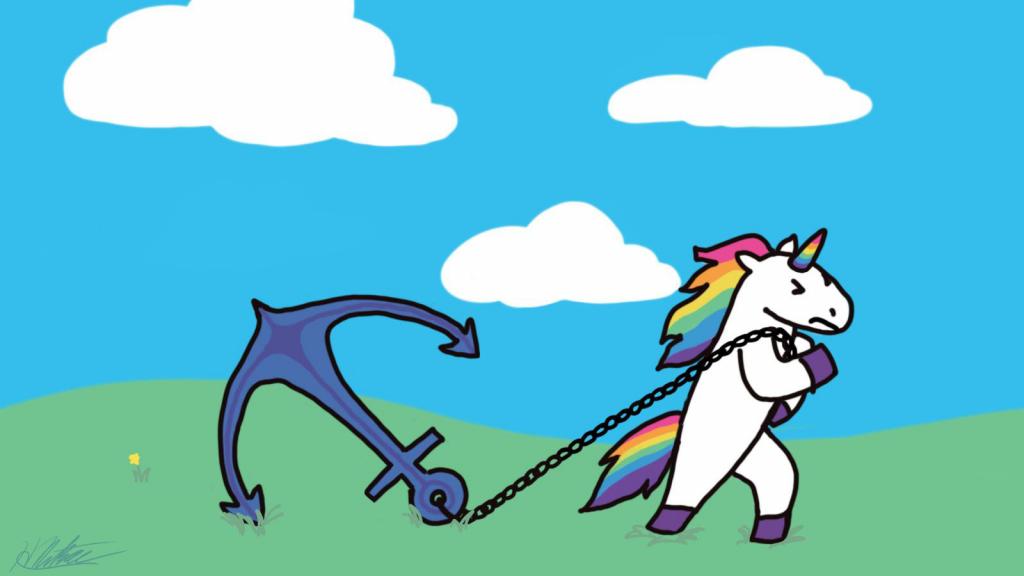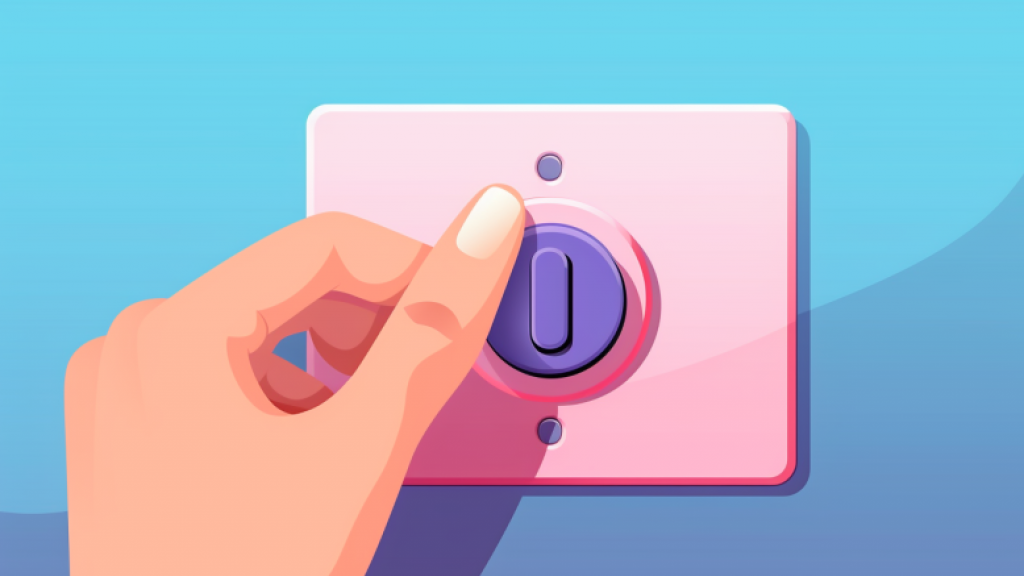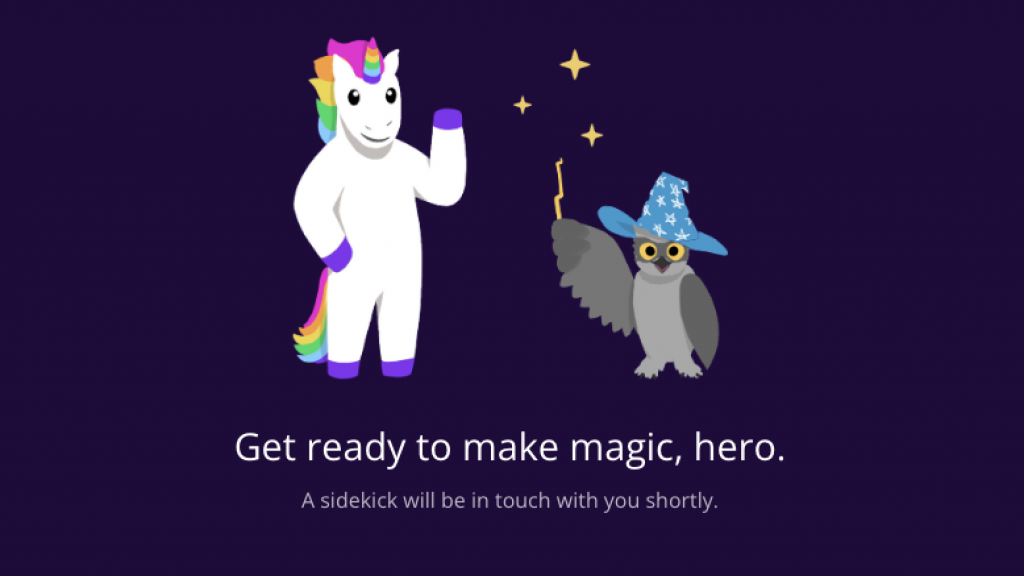
The way we remember events and experiences is more-heavily shaped by their ending moments, as well as the intensely positive (and negative) ones, than we might realize.
Table of Contents
Summary
Such a cognitive bias, or thought pattern, is called the peak-end rule. Understanding the function of this and other cognitive biases is important for those of us designing an effective, joyful user experience (UX), or user interface (UI).
The riddle of experience vs. memory
Our minds use heuristics, or mental shortcuts, to better process and store information. It's an evolutionarily-developed trait that we just can't avoid. The number of documented heuristics is large, and many have crucial implications for our work as designers of user interfaces and experiences. In past blog posts, we've covered others such as negativity bias, the decoy effect, and anchoring bias.

These features of the brain (now sometimes seen as bugs) began thousands of years ago, but their effects are here with tech users today.
When it comes to creating a stellar UX, there's often a gap between what people experience in the moment and what they remember afterward. Think back on the the last time you watched a memorable movie. You might've laughed, gasped, or even gotten bored during different scenes, but it's the jaw-dropping finale or that one plot twist that stays with you until this very moment.
The peak-end rule gets at the heart of this divergence between experience and memory. This psychological principle tells us that people judge experiences largely based on how they felt at the most intense moments (the "peak"), as well as the endingof the experience.
The middle parts? Often glossed over in our memories, like side quests that don't make it into the highlight reel. It turns out that the way we recall past events is not always as straight-forward as one may think.
For web marketers and UX designers, this presents both a challenge and an opportunity. The challenge is to understand that a user's journey isn't just a series of uniform steps; it has high and low points that significantly shape their overall impression. The opportunity? A great UX design encompasses these peak moments and endings in a way that leaves a lasting, positive imprint.

In essence, you want a UX design that not only engages users in the present but also leaves them with a memorable story to tell. And let's be real - we all want to be the hero of a story with a happy ending. So, while the journey is important, don't forget to sprinkle in those unforgettable moments along the way, and end with a strong finish.
They’re the stuff of legend—or at least, the stuff of glowing reviews and loyal customers.
Emotional peaks are everything
Our topic here isn't just a provocative idea; it has solid science to back it up. Enter Daniel Kahneman, a Nobel-winning psychologist, and Barbara Fredrickson, an expert on positive psychology. Together, they set out to unravel the threads of experience and memory through a very revealing experiment.
They asked participants to immerse their hands in icy water for a set amount of time, twice. The first round was exactly as you'd expect—cold and uncomfortable. The second time, however, had a twist. Participants still plunged their hands into the icy water, but at the end, the water was gradually warmed by a mere degree or two. In this second version, their hands were submerged for a slightly longer period.

So what happened? When asked which experience they'd prefer to repeat, participants overwhelmingly chose the second scenario—even though it lasted longer and included the same amount of discomfort at its peak.
It turns out that the slightly warmer ending had an unpredicted effect on their overall memory of the event.
This experiment illuminated how our minds cling to severe moments and past events, often overlooking other parts of an experience. The revelation was a game-changer for anyone in the business of shaping experiences, including web marketers and UX designers.
And it’s why we can't just aim for a "good enough" user experience.
Our job as marketers and designers is to identify and elevate those moments of intensity, and their endings, to turn ordinary interactions into memorable journeys. Because at the end of the day, it's not just about what users experience—it's about what they remember. And that's something worth paying close attention to.
Positive emotions open our minds
While I’m not a self help guru, I do want to talk about the power of positivity. When users encounter intense points that spark joy or satisfaction, something really critical happens: their minds open up. It's as if a positive experience flips a mental switch, making users more receptive to what you offer and more likely to engage further.

Ponder this. When you're in a good mood, aren't you more willing to explore, take risks, or try something new? The same applies to users on your website, where we want a positive first impression. A delightful onboarding process or an unexpectedly swift customer service interaction can put users in a "yes" frame of mind.
This openness often leads to increased engagement, whether it's exploring more of your content, diving deeper into your product offerings, or even becoming advocates for your brand.
Creating moments that evoke positive emotions isn't just a nice-to-have; it's a powerful lever that can unlock greater engagement and loyalty. So, sprinkle in those moments of delight and watch how they open doors to deeper, more meaningful interactions with your users.
Play to the "Narrative of Self"
In the digital realm, your website isn't just a set of pages; it's an experience that unfolds like a story. When visitors interact with your site, they're not just looking for information; they're on a journey. And just like any good story, their experience sticks with them, forming memories that they'll associate with your brand.
But it's crucial to recognize that what people remember isn't always what actually happened. Their memories are shaped by highlights and lowlights, forming what's known as the "Narrative of Self." This internal story helps them make sense of their experiences.
By crafting a user experience that aligns with this narrative, you're not just making your website more navigable; you're creating visceral memories and impactful moments that stay with the visitor long after they've left. This makes them more likely to return, recommend your site, or convert into customers.
After all, in a world full of websites, standing out is the ultimate goal. And what better way to do that than by being a memorable chapter in someone's personal narrative, while doing it with a beautiful visual design?

Craft your positive peak moments
Creating a striking user experience is a bit like crafting a compelling narrative; you want highs, lows, and a satisfying conclusion. Let's get into how UI and UX designers work to engineer those high notes that users will rave about.
Identify key touchpoints
When we talk about key touchpoints, we're referring to those vital junctures in the user journey where interaction occurs and impressions are made. Think of your UX design process: where are the crossroads where you have the chance to guide the user toward a positive experience?

These moments often serve as opportunities for users to engage deeply with your site or, conversely, become frustrated and leave.
The trick is to first map out the entire user journey, from the initial landing on your homepage to the final checkout or conversion point. Once mapped, look for nodes of high interaction. They could be form submissions, account creation steps, or even areas where users tend to drop off.
These are your key touchpoints. Ask yourself things like the following: “what interactive elements could be added here to increase engagement?"
Visual elements can give you a competitive advantage. At the onset of their time working with Mythic, prospective clients often fill out a simple form to first get in touch about their digital needs. When you finish, our fun company mascots greet you (in our own, special way) and explain the next step.

Add a dash of delight
Once you've pinpointed these moments, ask yourself how you can add a dash of delight to the user journey. This could be a whimsical animation, a helpful tooltip, or a well-timed chatbot popup. Past events guide human memory. It's these bits of sparkle that make your website more than just functional; they make it unforgettable.
Language learning mobile apps like DuoLingo need to make a long, challenging process entertaining. Learning to speak a foreign tongue from scratch is no easy task, and the app's UX designers know this well. They make use of the psychological science we're discussing today, adding a strong sense of reward and accomplishment as one continues learning.

Personalization is king
In a digital world filled with endless choices for marketers and designers, personalization stands out from the crowd. It's the highpoint of any user experience, taking it from generic to tailored in a heartbeat. Why scroll through a sea of irrelevant options when you can be presented with choices that feel handpicked just for you?
Data analytics tools give us the power to customize like never before. By analyzing user behavior, preferences, and even past interactions, we can offer up personalized recommendations, content, and even tailored navigation paths. The key here is to not overcomplicate it. Simple touches like using a returning user's first name or suggesting specific professional services based on browsing history can go a long way. This user-centered design process is what we should aim for.
When you make users feel seen and understood, you're not just improving their experience; you're creating a peak moment. Personalization transforms your site from a one-size-fits-all experience into a personalized experience, enhancing user satisfaction and, ultimately, loyalty.
This level of customization elevates a typical interaction into our objective – memorable final moments.
A/B testing for the win
I wouldn't just rely on intuition; use A/B user testing to determine what genuinely resonates with your audience. Run trials on different versions of your identified touchpoints and measure user engagement, conversion rates, or any other KPIs that matter to you. Design your experiment as an iterative process, collect your data, and do some retrospective evaluations as a team.
Embrace feedback
Finally, your users are your best critics. Solicit feedback through surveys or direct communication to find out what makes them tick. This not only improves your user experience, but also makes users feel valued, turning even the feedback process into a peak moment.
The well being of who we serve matters. Crafting positive moments of engagement is not about over-the-top gestures but about hitting the right notes at the right times. It's the grand finale of a fireworks display. These moments may be brief, but their impact lingers long after the show is over.

And remember, it's those emotionally intense minutes and the final curtain that your audience—be it one person or thousands—will remember and cherish. User experience encompasses everything we can think of, and then some.
The impact of negative peaks
Ah, the dark side of our topic. While positive peaks can elevate an experience, negative peaks can be equally impactful—but in a way you don't want. They're like stumbling blocks that trip up your user just when they’re getting into the groove.
Imagine a smooth, engaging experience marred by a sudden 404 error, or a checkout process that hits a snag due to a coupon code that won't apply. These negative peaks have a way of overshadowing an otherwise stellar user's journey. Have you ever had a great meal but found a hair in the dessert?
No matter how good the entrée was, that's what you'll remember.
And the consequences aren't just limited to that one user. In our hyper-connected world, a single negative experience can easily be amplified through social media or review sites, potentially dissuading future users from even giving your site a try. An intense point is one not easily forgotten.
The key takeaway? There's always the potential for more pain, and we don't want that. Negative peaks can have a disproportionate impact on the user's overall perception, and by extension, your brand's reputation. It's essential to identify and mitigate these potential pitfalls to ensure the user path remains a pleasant expedition.
User research
What it tells us
User research is like a compass that points the way through the maze of web design and marketing. It's the tool that helps us understand the "why" behind user behavior, guiding us as we try to turn everyday moments into peak experiences.
User pain points are gold
Sometimes what we perceive as a minor inconvenience can be a major deal-breaker for users. Research helps us identify these pain points. Whether it's a slow-loading page or a confusing navigation menu, these are the bumps in the road you'll want to smooth over. Talk to your people! User research and data analysis uncovers these issues, turning pitfalls into opportunities for improvement. A skilled user experience designer will help you strategize on how to improve, all while maintaining brand consistency.
Emotional resonance matters
Beyond usability, there's the emotional impact of a user's experience. What makes them feel valued? What makes them click that "Book a meeting with me" button?
Research often reveals that users are seeking more than just a transaction; they're looking for a connection. Putting together moments that resonate emotionally can elevate a routine interaction to something more meaningful. All memories differ, but a UX designer's role is to make those most intense points positive, rewarding, and as satisfying as possible. But remember to think of this as a goal, not an absolute. We can't please everyone. Do your best and people will notice.
In the absence of physical interaction, crafting creative solutions towards a memorable online customer experience is the prize to keep our eyes on.
Data and feedback loop
User research isn't a one-and-done deal; it's a continuous feedback loop. Surveys, analytics, and direct user feedback provide ongoing insights into how well your designed peaks and overall experience are resonating. This loop ensures that you're constantly fine-tuning the experience, keeping it aligned with evolving user needs and expectations.
In short, user research tells us where to direct our efforts and how to better mold the user experience. By understanding our users better, we can create a journey that not only meets functional needs but also leaves a lasting impression. Usability testing of your user interface is what's key here. It's like finding the secret recipe of your visual design that makes everything just a bit more unique, even impactful.
Not everyone has their own research team to gather such data, but Mythic can always help you out with this and other strategies and processes.
Book a meeting with me to find out more.
Conclusion
Creating a memorable user experience is like telling an epic story. Your users are the heroes, and those little "wow" moments in UX and UI are the trusty sidekicks. The ultimate prize? The unforgettable impressions your users walk away with.
Those high moments and the grand finale are your key ingredients for making a lasting impression. Use A/B testing as your divining rod to uncover what works, and lean on user research as your guiding star. Before you know it, you've architected a UX blend that not only solves problems but also leaves a lasting imprint on your audience's memory.
So let's grab our tools and sprinkle some enchantment across the digital landscape. 🦄✨